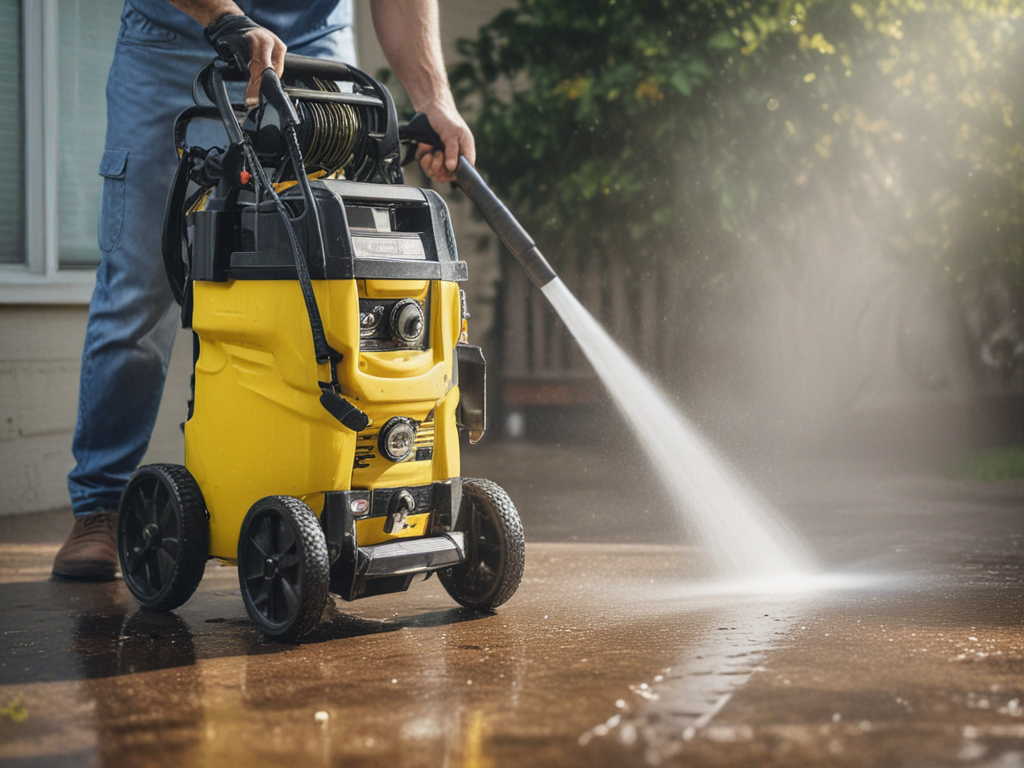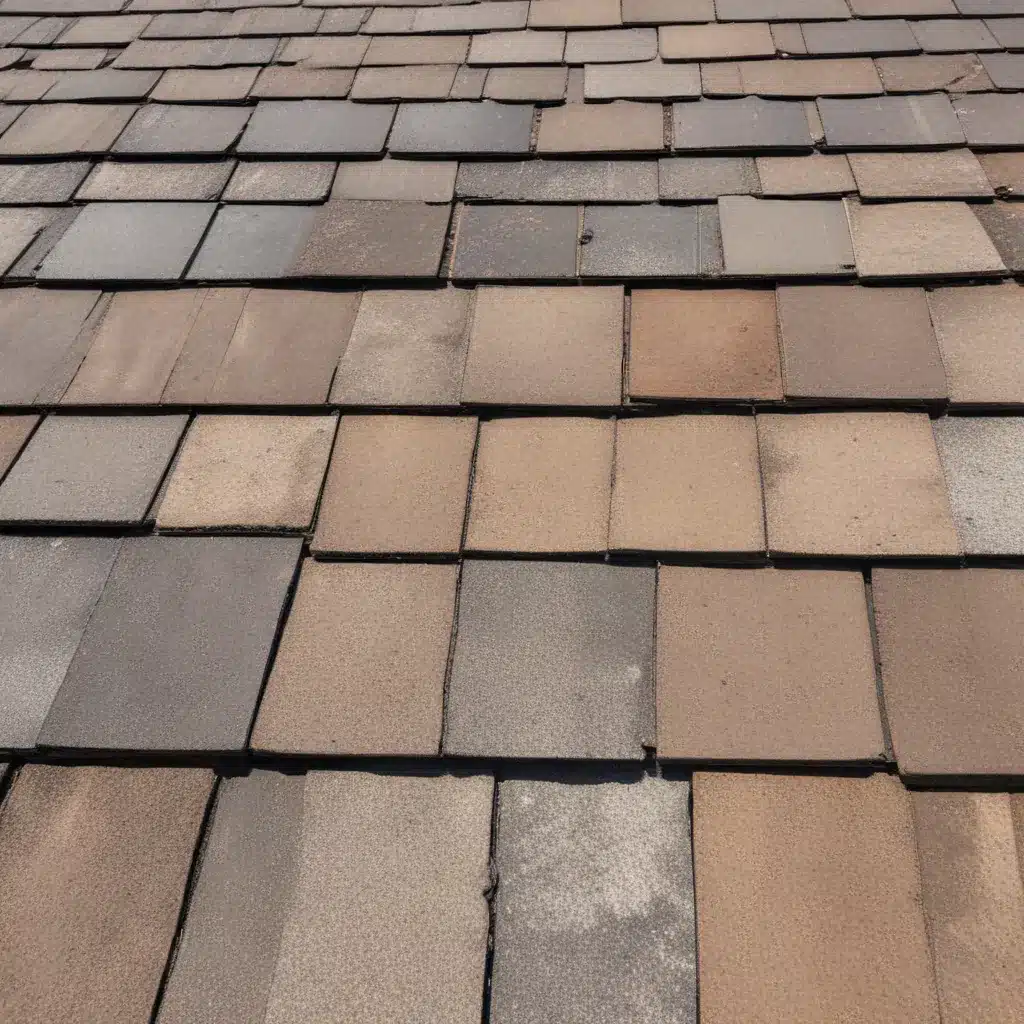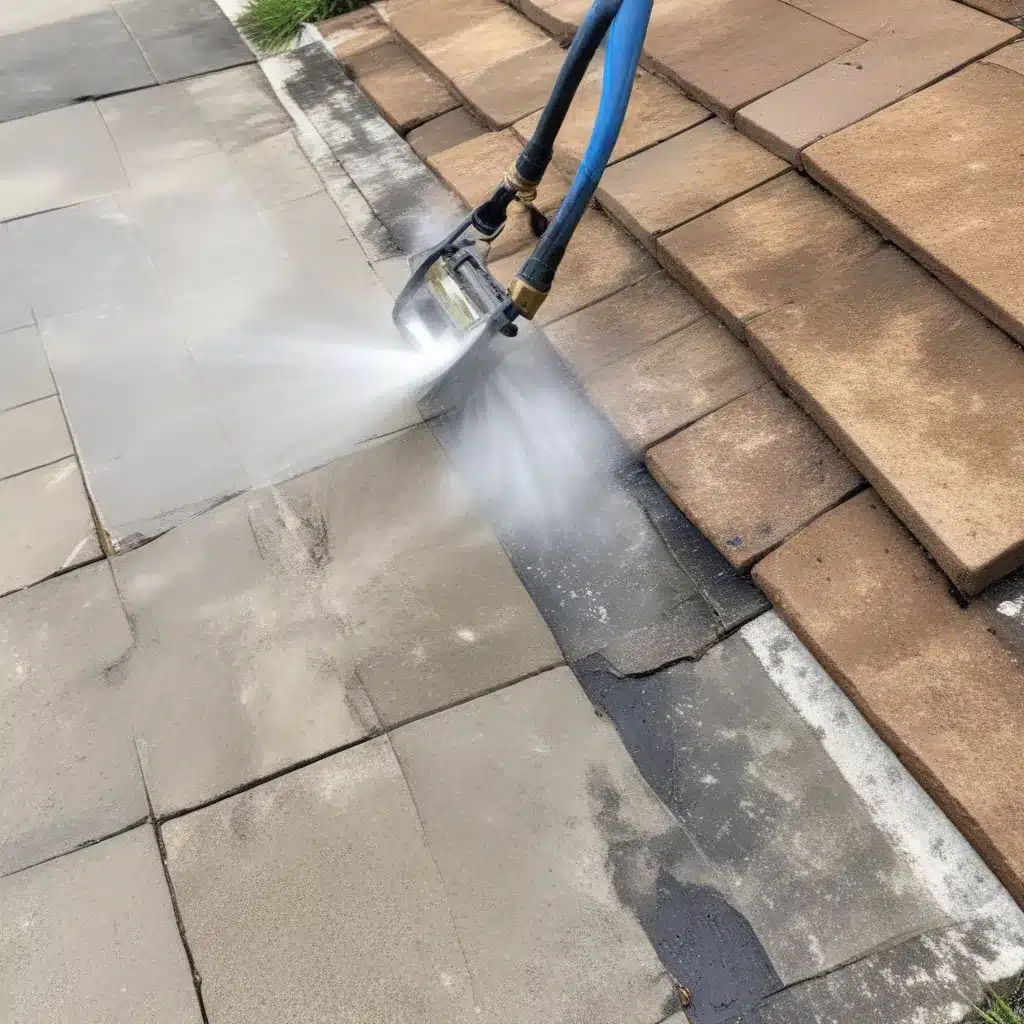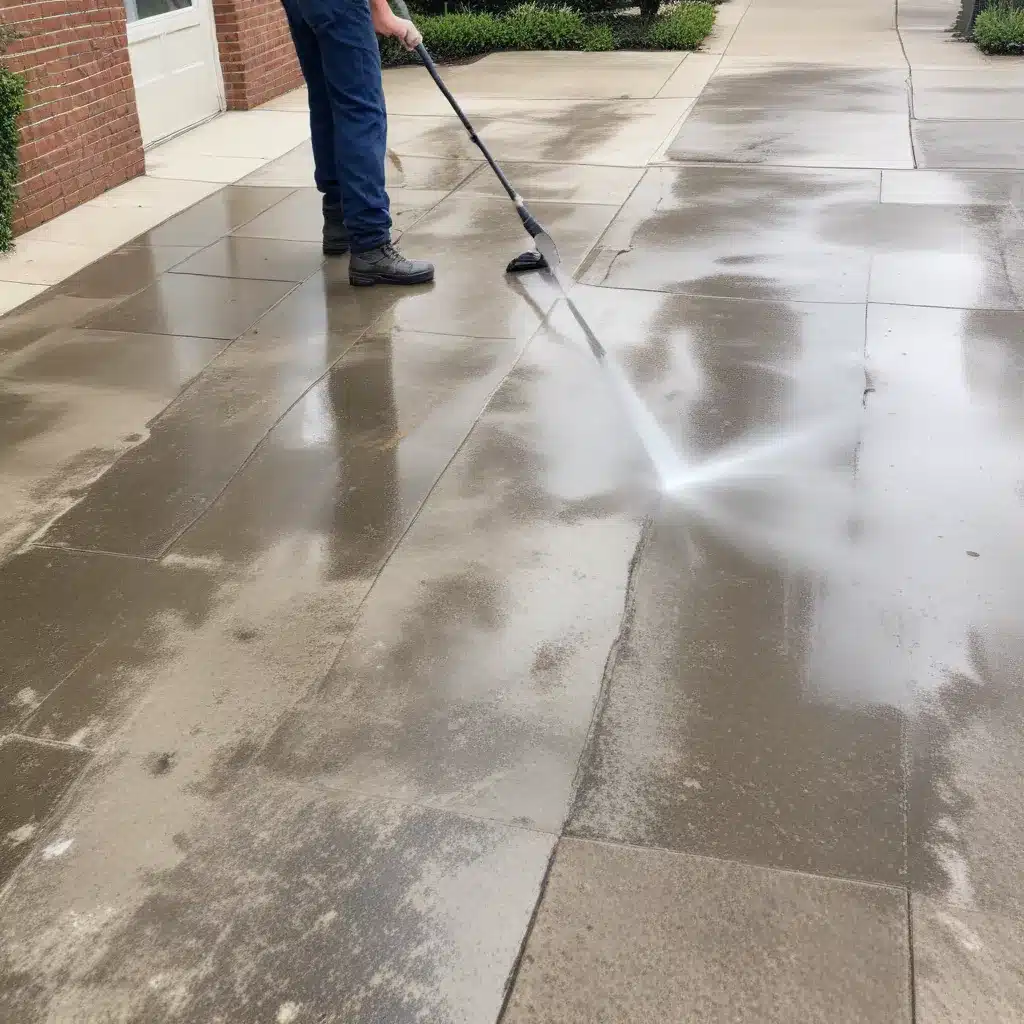
Maintaining your pressure washing equipment is vital for its performance and longevity. Did you know that up to 80% of pressure washer failures are due to improper maintenance? Understanding how to care for your equipment can save you time and money in the long run. From cleaning and inspecting nozzles to storing your pressure washer correctly, there are key steps every beginner should learn. Let’s explore the essential practices that will keep your pressure washing equipment running smoothly and effectively.
Key Takeaways
- Regular maintenance prevents costly breakdowns.
- Cleaning and inspection ensure optimal performance.
- Check for leaks, damage, and replace worn parts.
- Proper storage and lubrication extend equipment lifespan.
Importance of Equipment Maintenance
Maintaining pressure washing equipment is crucial for ensuring optimal performance and longevity. Neglecting preventative care is like ignoring your best friend’s birthday – it might seem fine at first, but it will eventually come back to haunt you. Just as we need regular check-ups to stay healthy, our pressure washers need some TLC too. Investing time in maintenance now will save you from headaches later and extend your equipment’s longevity.
Think of your pressure washer as a high-maintenance pet – it needs regular attention and care. A little love goes a long way in keeping it purring like a kitten. By following a simple maintenance routine, you can prevent costly breakdowns and ensure your equipment is always ready to tackle the dirtiest of jobs. So, grab that wrench and get to work – your pressure washer will thank you for it!
Cleaning and Inspecting Nozzles
Regularly cleaning and inspecting nozzles is essential for maintaining the efficiency and performance of your pressure washing equipment. Neglecting these tiny but mighty parts can lead to all sorts of issues, like uneven pressure, spotty cleaning, or even a nozzle that decides to take an unplanned vacation mid-job. So, let’s show these nozzles some love!
To start, detach the nozzle from the wand and give it a good rinse with fresh water to remove any debris. If it’s still being stubborn, a gentle scrub with a brush can work wonders. Next, inspect the nozzle for any signs of wear and tear. Look out for cracks, clogs, or any other damage that might affect its performance.
If you’re facing stubborn clogs, try soaking the nozzle in a cleaning solution or using a small piece of wire to dislodge the blockage. Remember, a happy nozzle means a happy pressure washer, so keep up with this nozzle maintenance routine to avoid any unexpected hiccups while you’re out there blasting away dirt and grime!
Checking for Leaks and Damage
When it comes to maintaining pressure washing equipment, checking for leaks and damage is crucial. I will guide you through leak detection methods and offer tips on assessing equipment damage. Let’s ensure your equipment is in top shape for optimal performance.
Leak Detection Methods
To effectively check for leaks and damage in your pressure washing equipment, start by visually inspecting all connections and hoses for any signs of moisture or wear. Ensure all fittings are tight and hoses are free from cracks. Additionally, perform a pressure test by running water through the system and checking for any leaks under pressure. Remember, drip prevention is key; make sure all seals are intact and replace any that show signs of wear. Don’t forget to check the gun and wand for leaks as well. A pro tip: if you spot a leak, fix it promptly to prevent water wastage and potential equipment damage. Regular checks will keep your pressure washer in top condition and ready for action!
Damage Assessment Tips
Inspecting your pressure washing equipment regularly for leaks and damage is crucial to maintaining its performance and longevity. To check for leaks, start by examining all connections and hoses for any signs of wear or cracks. Turn on the machine briefly to see if there are any visible leaks. For damage assessment, look for dents, rust, or any other signs of wear on the equipment’s exterior. If you discover any issues, consider repair options such as replacing damaged parts or seeking professional help. Preventive measures like storing the equipment properly and using it according to manufacturer guidelines can help avoid future damage. Remember, a little maintenance now can save you from a lot of headaches later!
Changing or Cleaning Filters
Changing or cleaning filters is a crucial aspect of pressure washer maintenance. Properly maintaining filters ensures optimal performance and prolongs the lifespan of the equipment. It’s essential to follow recommended maintenance frequencies to keep the pressure washer functioning efficiently.
Filter Replacement Importance
Regular maintenance of your pressure washing equipment includes ensuring that filters are replaced or cleaned as needed to maintain optimal performance. Filter maintenance is crucial for equipment efficiency. Filters can get clogged with dirt and debris over time, reducing the water flow and pressure of your washer. To prevent this, check your filters regularly and either clean or replace them according to the manufacturer’s guidelines. Neglecting filter maintenance can lead to decreased performance and even damage to your equipment. Remember, a happy filter means a happy pressure washer!
| Benefits of Filter Maintenance | Consequences of Neglect |
|---|---|
| Increased Efficiency | Decreased Performance |
| Extended Equipment Life | Potential Damage |
Proper Cleaning Techniques
To maintain peak performance of your pressure washing equipment, it is essential to regularly clean or replace the filters as part of proper maintenance. When it comes to cleaning filters, remember that a dirty filter can wreak havoc on your pressure washer’s efficiency. Start by checking your equipment’s manual for specific instructions on how to access and clean the filters. Typically, it involves removing the filter and rinsing it with water to dislodge any debris. Avoid using harsh chemicals that could damage the filter. Once cleaned, ensure the filter is completely dry before reinserting it into the machine. Properly cleaned filters not only improve performance but also extend the lifespan of your pressure washer. Remember, a happy filter leads to a happy pressure washer!
Maintenance Frequency Guidelines
For optimal performance and longevity of your pressure washing equipment, maintaining a consistent schedule for cleaning or replacing filters is crucial. Filters are like the unsung heroes of your machine, quietly working behind the scenes to keep everything running smoothly. To ensure maintenance efficiency and prolonging the lifespan of your equipment, I recommend checking and cleaning filters regularly. Preventative measures such as this can save you from costly repairs down the line. If you notice decreased water flow or pressure, it might be time to troubleshoot by inspecting and either cleaning or changing the filters. Remember, a little filter love goes a long way in keeping your pressure washer happy and working at its best!
Storing Your Pressure Washer Properly
When storing your pressure washer properly, ensure that it is completely drained of any fuel and water to prevent damage during periods of non-use. Here are some storage tips to keep your equipment in top shape for the long haul:
- Clean Thoroughly: Give your pressure washer a good cleaning before storing it to prevent dirt and grime buildup that could lead to clogs or corrosion.
- Store Indoors: If possible, store your pressure washer indoors to protect it from extreme temperatures and weather conditions that could cause damage over time.
- Use Fuel Stabilizer: If you’re storing a gas-powered pressure washer, add a fuel stabilizer to prevent the fuel from breaking down and causing engine issues.
- Cover It Up: Invest in a quality cover to shield your pressure washer from dust, debris, and sunlight when not in use.
Following these simple storage tips will help ensure the longevity of your pressure washing equipment and keep it ready for action when you need it most!
Regular Maintenance Schedule
Implementing a consistent maintenance schedule is crucial to ensuring the optimal performance and longevity of your pressure washing equipment. Neglecting maintenance is like eating a whole cake in one sitting – it might seem fun at first, but you’ll regret it later. To extend your equipment longevity, set up a regular maintenance routine. Think of it as giving your pressure washer a spa day, minus the cucumbers on the eyes.
Preventative measures are key to avoiding costly repairs down the line. Check for leaks, inspect hoses for wear and tear, and clean or replace filters regularly. It’s like giving your equipment a health check-up – nobody wants a surprise bill at the end. Keep an eye out for any unusual sounds or vibrations during operation; your pressure washer shouldn’t sound like a rock concert. And remember, a little TLC goes a long way in ensuring your pressure washing buddy stays by your side for the long haul.






